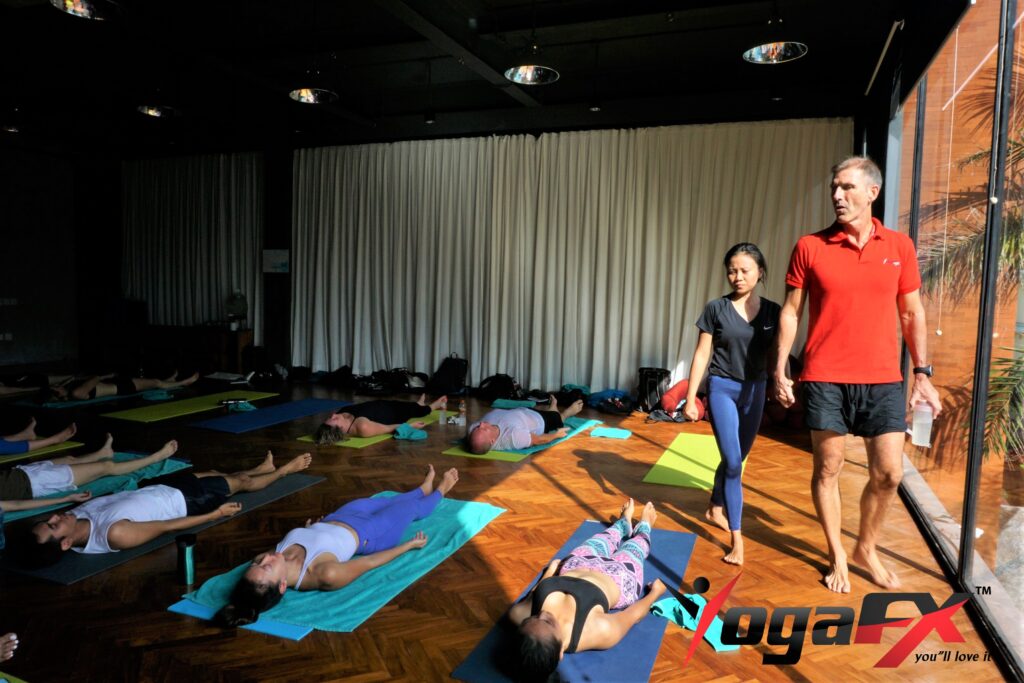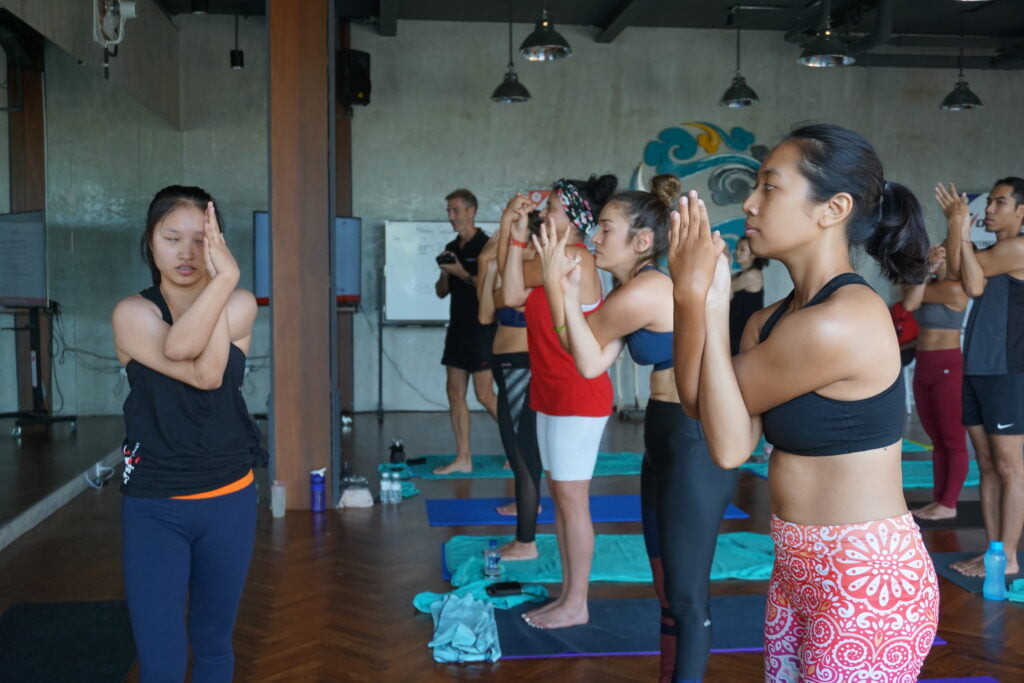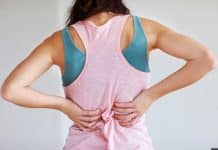
Are you a yoga instructor looking to refine your teaching skills and create a more impactful and fulfilling experience for your students? Look no further than these valuable yoga teaching tips. In this article, we will explore essential techniques and strategies to enhance your instruction, connect with your students on a deeper level, and create a meaningful and effective yoga class. Discover practical insights and expert advice that will elevate your teaching abilities, inspire your students, and make your yoga classes truly transformative. Whether you’re a seasoned instructor or just starting your yoga teaching journey, these tips will help you cultivate a teaching practice that leaves a lasting impression.

Establishing a Welcoming Environment
Creating a warm and inviting space for your students is essential for setting the tone of your yoga class. Start by greeting your students with a smile and a friendly demeanor. Take the time to connect with them individually before and after class, allowing them to feel seen and valued. Additionally, establish clear expectations for behavior and create a safe and inclusive atmosphere where students can feel comfortable exploring their practice.
“Your Reality Your Choice”
Developing Clear Communication
Effective communication is key to guiding your students through their yoga practice. Use clear and concise language when delivering instructions, ensuring that your cues are easy to understand. Demonstrate poses effectively, paying attention to your alignment and emphasizing important points. Provide modifications and options for different levels and abilities, allowing students to tailor the practice to their needs.

Cultivating a Mindful Presence
As a yoga instructor, cultivating a mindful presence is crucial for creating a calm and focused environment. Practice self-awareness by being fully present in the moment, both for yourself and for your students. Incorporate breath and mindfulness techniques into your instruction to help students connect with their breath and be present in their practice. By embodying mindfulness, you create a space for your students to cultivate their own sense of presence and inner awareness.
Sequencing and Class Structure
A well-structured class is essential for an effective yoga experience. Consider the flow and progression of your class, ensuring that it is balanced and cohesive. Begin with a gentle warm-up, gradually building intensity and incorporating peak poses or sequences. Incorporate themes or intentions to infuse meaning and depth into the practice, allowing students to connect with a broader purpose.
Observing and Assisting Students
Develop your observation skills to identify misalignments or challenges that students may be facing in their practice. Offer hands-on adjustments or verbal cues to help students find proper alignment and deepen their experience. It is important to respect boundaries and obtain consent before assisting students physically. Always provide options for students who may have specific limitations or injuries.
Building Connection and Engagement
Establishing a connection with your students goes beyond the physical aspects of the practice. Foster an environment that encourages open communication and feedback. Take the time to listen to your students’ concerns, questions, and experiences. Create opportunities for student interaction and community-building, such as partner poses or group activities, to enhance the sense of connection and engagement in the class.
Cultivating Compassion and Empathy
As a yoga instructor, cultivating compassion towards yourself and your students is vital. Recognize that everyone comes to the practice with their own unique needs and limitations. Encourage an atmosphere of self-acceptance and non-judgment, allowing students to explore their practice without self-criticism. Foster an inclusive and supportive environment where all students feel welcome and empowered.
Continuing Education and Self-Reflection
Commit to ongoing learning and professional development as a yoga instructor. Attend workshops, seminars, or advanced training programs to expand your knowledge and refine your teaching skills. Seek mentorship or feedback from experienced instructors to gain valuable insights and guidance. Regularly reflect on your teaching practice, identifying areas of growth and making necessary adjustments to continually improve.
Conclusion
By implementing these yoga teaching tips, you can elevate your instruction and create a more meaningful and effective yoga class experience for your students. Remember to establish a welcoming environment, communicate clearly, cultivate a mindful presence, and sequence your classes thoughtfully. Observe and assist your students with empathy and respect, building connections and fostering engagement. Cultivate compassion towards yourself and your students, and continue to learn and grow through ongoing education and self-reflection.
If you’re inspired to deepen your expertise in hot yoga, 26 and 2 yoga, or Bikram yoga, consider the Bikram Hot YogaFX teacher training offered by Mr. Ian and YogaFX. This Yoga Alliance certified program provides specialized training in the therapeutic aspects of these yoga styles, equipping you with the knowledge and skills to guide students effectively. Embrace the transformative potential of yoga teaching, and offer the gift of Bikram yoga through the Bikram Hot YogaFX teacher training.














































